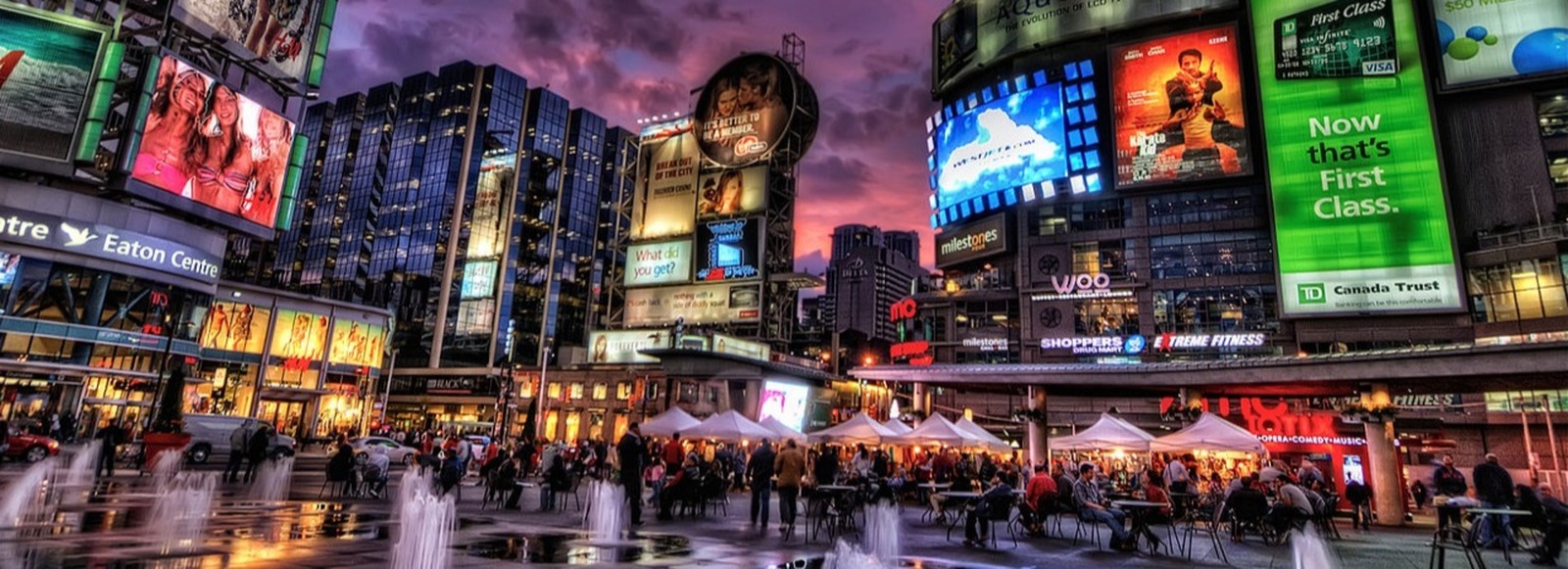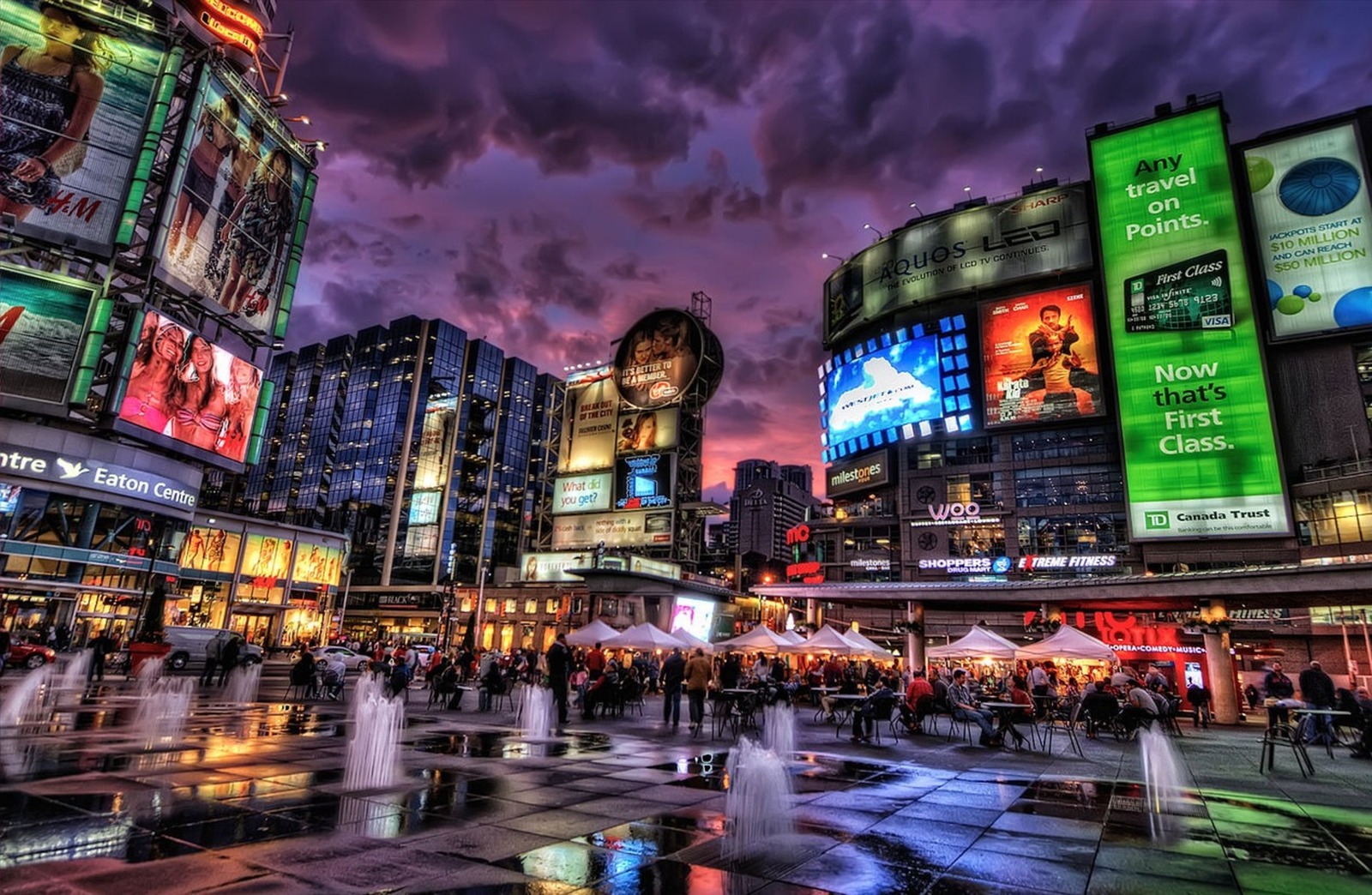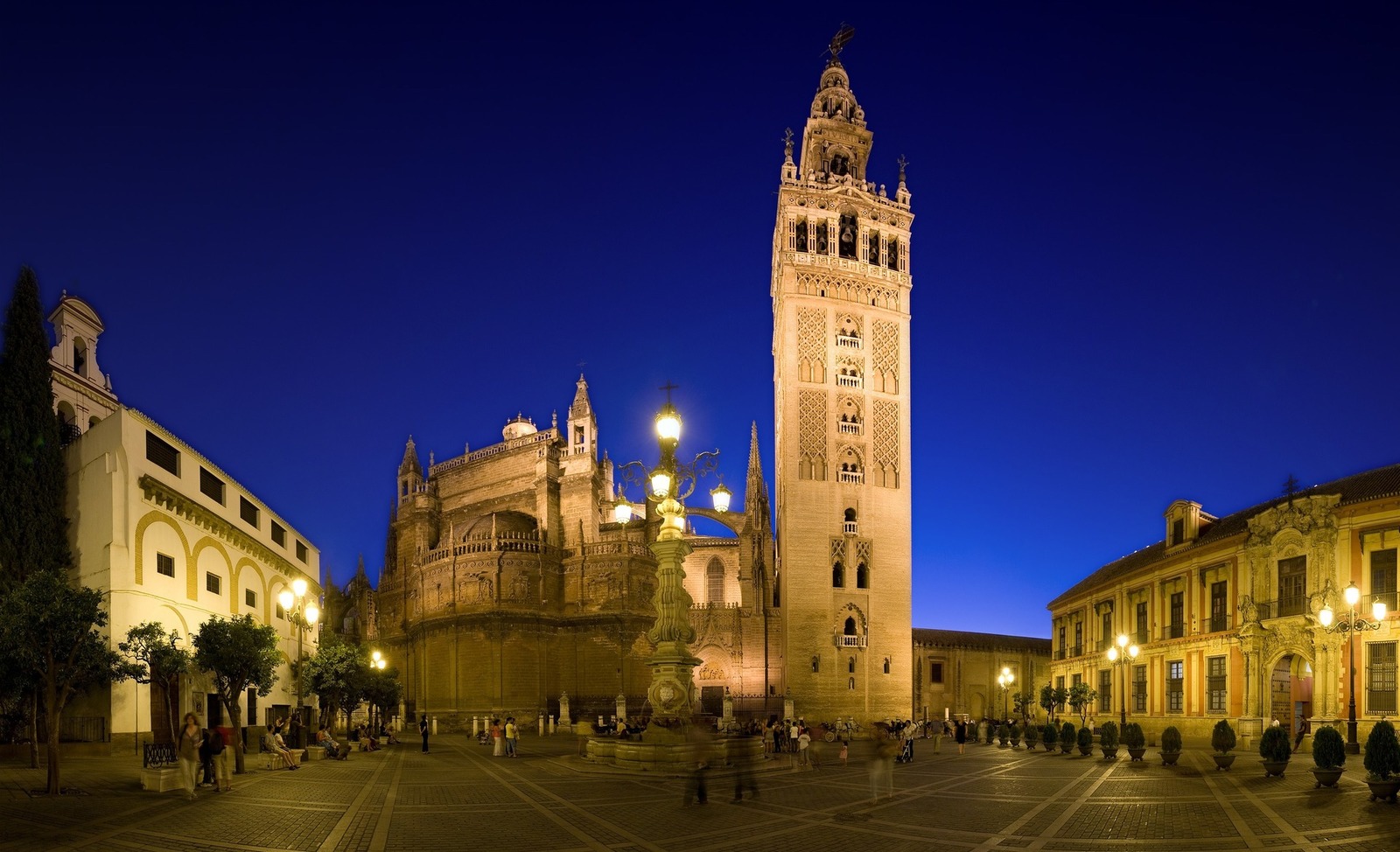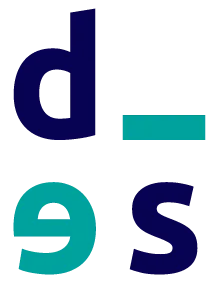26/03/2018
From New York to Melbourne, passing through Copenhagen, Amsterdam, Oslo, Bogota, Madrid or Barcelona. Every city in the world is fighting to get the ‘Smart’ appellation, but… what exactly is a ‘Smart City’?
It is an emerging concept and under constant revision, which may affect more or less areas, but it is mainly defined as one that detects the needs of its citizens, and reacts to these demands by transforming the interactions of citizens with systems and elements of public service into knowledge.
According to IESE’s latest Smart Cities report, New York leads the world ranking, followed by London and Paris. Madrid (28), Barcelona (35), Malaga (51), Valencia (63), Seville (68), Bilbao (75) and La Coruña (78) are the Spanish cities that appear in a study that analyzes 181 cities in 80 countries.
The annual study is divided into ten pillars: economy, human capital, social cohesion, environment, public management, governance, urban planning, international projection, technological capacity and transportation system. In fact, there are many factors that define a city as ‘smart’.
But if we go back to the more pragmatic definition and we understand by Smart City the one that detects and solves the problems of its citizens, Seville will undoubtedly climb many positions in the ranking in the coming editions thanks to the management that is being carried out precisely these days, when the city is hanging the full house sign thanks to the influx of tourists due to the Easter.
The capital of Seville will guarantee the safety of citizens and tourists during the multitudinous Holy Week processions thanks to artificial intelligence measures, GPS and adjustable lights, in a project that will turn the city into a “Smart City laboratory” that will improve safety and coordination, in addition to providing relevant information for decision making.
This project, a pioneer in Europe, includes mechanisms to control the influx of people. In a few days when its population multiplies considerably, the Andalusian capital adds to its video surveillance system a hundred cameras for the main streets and points of passage of the brotherhoods. Of these, 18 are “cameras de aforamiento”.
These devices provide real-time information on the number of people present, the number of people passing through, warn if the permitted capacity is exceeded and even detect if people are running and, therefore, if an avalanche is taking place.
Ultra high-definition cameras can generate an image up to three times the size of the most advanced cell phones (up to 30 megapixels), making it possible to identify people from several hundred meters away.
In addition to providing high-definition images in the reduced ambient light that accompanies processions, these cameras will allow the location of suspects in the crowd and the search for incident hotspots , reducing the investigation to just a few minutes, thanks to the incorporation of artificial intelligence.
For their part, the city’s typical lampposts, without altering the urban architecture, have been “tuned” with 163 LED-type luminaires that have nothing in common. They are connected on the intelligent platform that develops Cisco, and can be graduated from the control panel as a dim 18th century light, upgraded to a whiter light when the police ask for more illumination, or even “illuminate at 110 percent” if security forces ask to activate that panic button.
Finally, GPS equipment will be installed in the Cross of Guide, which marks the beginning of the brotherhoods, and in each of the steps that will allow to control each brotherhood with precision from the control panel of ‘Smart City’. And direct marketing applications will also be tested in security, such as those that now allow, for example, when you enter a shopping mall, to receive an SMS informing you of the offer of the day or the store with a product on promotion.
One hundred beacons have been installed that allow a message to be sent to the citizen’s cell phone within a radius of 70 or 80 meters from each one, which will only be sent for safety and in case of emergency, not as a public service. It will be enough to have installed a very common app in the mobile of the Sevillians who like and follow the Holy Week, the program of Canal Sur Radio ‘El Llamador’.
In short, a series of measures developed by the Sevillian city council in collaboration with the companies Bosch, Cisco, Ferrovial and Telefónica that respond to a specific demand of the city at a specific time, using state-of-the-art technology and knowledge systems. Seville will be, this Easter, a ‘smart city’.


